Two Exhibitions at the Medieval Museum of Cluny in Paris celebrate the reopening of Notre Dame de Paris. One features the scriptural legacy.

‘Medieval Histories’ offers medievalists all the news about exhibitions, books, research, archaeology, travel-tips and much more from the Medieval World

Two Exhibitions at the Medieval Museum of Cluny in Paris celebrate the reopening of Notre Dame de Paris. One features the scriptural legacy.
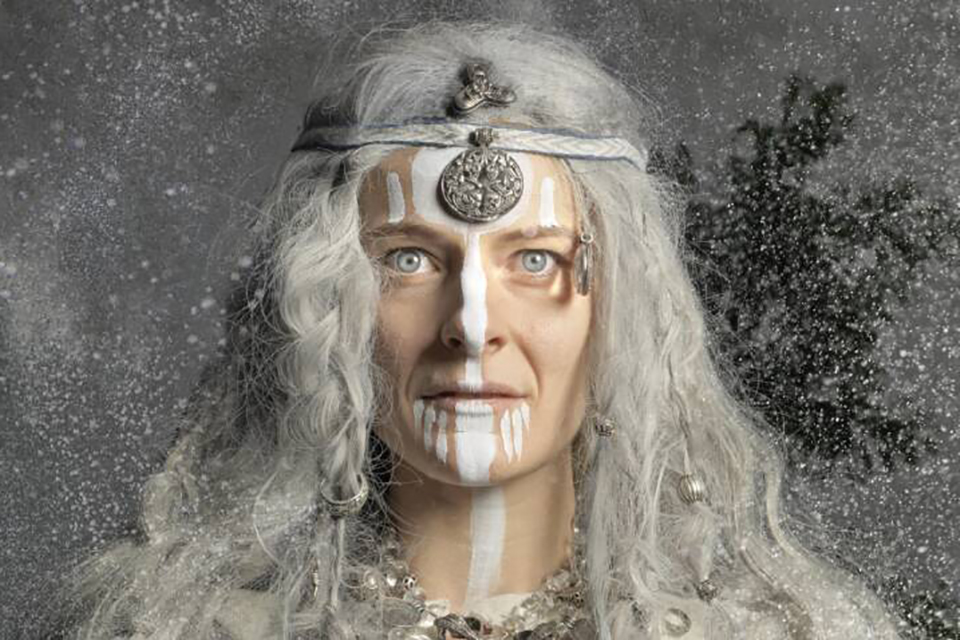
How should we imagine the lives of Viking women? And in what way – if any – did their lives change with the introduction of Christianity? Did the conversion entail limitations? Or did it create new possibilities for women in terms of equality? For instance, concerning intellectual possibilities inside religious communities?
These questions have been debated in the last 40 years, since the seminal book published by Judith Jesch in 1991, which was based on her research in the 1980s.
In recent years, however, a new archaeological focus has been observed in Viking Studies research on women. This trend took off in 2013, with Gardela’s initial work on “warrior-women” culminating in his book published in 2021. His work followed the footsteps of the research published in 2017, which led to the 2019 publication in Antiquity on reassessing the Viking Warrior women in the Birka grave BJ. 581.
During the summer of 2024, scholars and graduate students gathered in Liverpool in the UK to take stock, exploring questions of identity, gender, status, migrations, settlements, emotions and consciousness, as well as the lived experience as evidenced by archaeology and anthropology.
One conclusion was that “age” appeared more critical than “gender” when mapping status as witnessed by grave goods. However, assemblies of grave goods did indeed signal gender. Another venue explored was based on studies of women’s histories as witnessed in Runic Stones, not least the story of the Danish Queen Thyra, which Danish archaeologists and runologists have recently studied. Following this, the question of how to avoid cultural myopia, for instance, when identifying male rods as “spires” or “sceptres” signalling juridic power as opposed to female rods, which are habitually identified as staffs, signalling otherworldly or religious capabilities.
Finally, the conference explored new ways of reading the Icelandic Corpus of texts to grasp women’s emotional and political realities when dealing with the everyday experience of making a living. One particular effort was represented by papers exploring the normative systems and the space allotted for emotional and practical transgressions in these texts.
“If the conference aimed to provide an arena for the exchange of ideas between disciplines about recent and currently ongoing research projects within Viking Studies, it was most definitely a success. The presenters showed the relevance of prioritizing the study of the women in the Viking world, both in their lived experiences, as evidenced by the archaeological studies, and in the literary representation and depiction of women. Whether this divide itself is possible to bridge cannot be resolved so easily, and the conference hopefully spurs further attempts to engender clarifying research into these areas”, writes Kim Bergqvist from Stockholm University in a fine overview of the conference in a recent issue of Scandia.
Ane Halsboe-Jørgensen, current minister for Cultur & Church posing as “Vølve”. The Photo was taken as part of series of ten portraits by the artist Jens Lyngvild as part of an exhibition at Køge Museum , Vølver, Guld og Guder / © Jens Lyngvild
Women in the Viking World. Conference report from the University of Liverpool (27. – 28. August 2024)
Ed by Kim Bergquist
In: Scandia. Journal of Medieval Norse Studies (2024) No 7

In 1002, Otto III died at Paterno near Civita in Italy. With no direct descendants, the succession was fraught with tensions. Duke Henry of Bavaria caught the upstream.

When the Holy Roman Emperor Henry II died 1000 years ago, on July 13, 1024, he left behind a rich legacy of books.
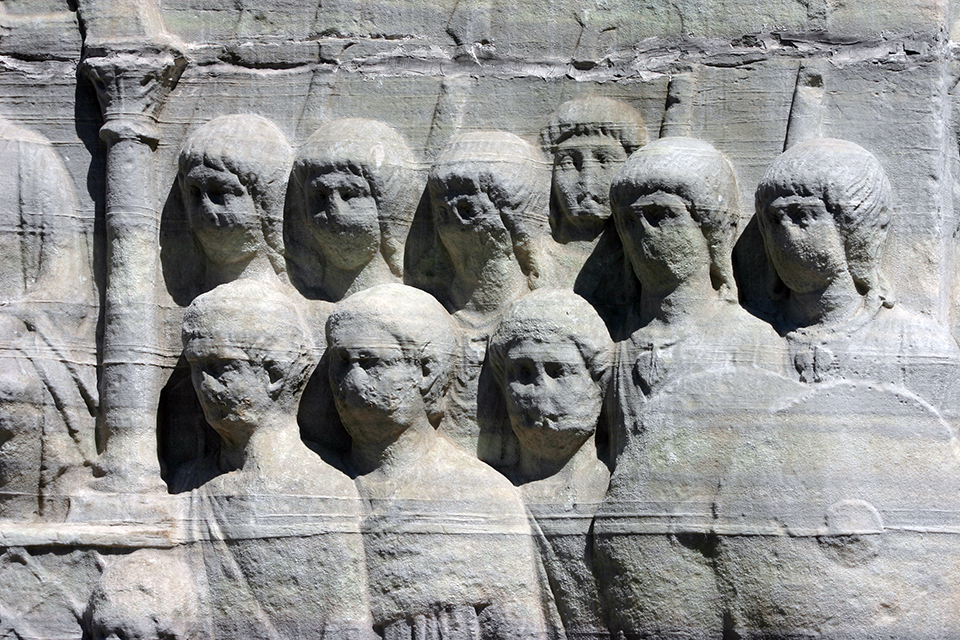
Citizen of the Franks, Roman soldier in arms. Such is the established translation of the first part of a burial inscription from the fourth century discovered near Budapest

Medieval women were considered weak, soft, sensual, and fickle if not frivolous. Even today, we hear an echo in the disparagement of Kamela Harris
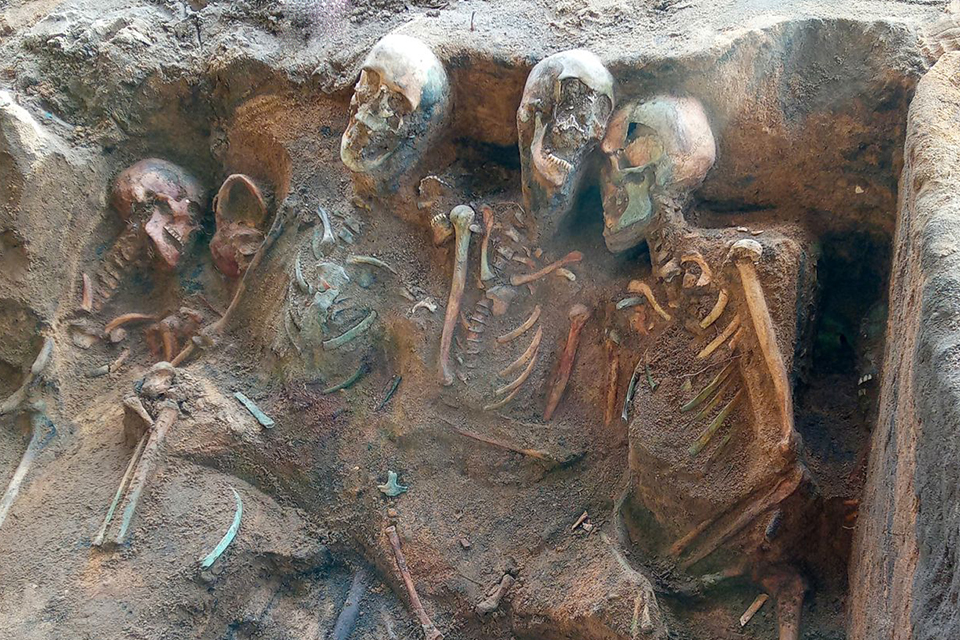
After Covid, the natural history of the second great plague epidemic - The Black Death - has inspired scientists to work in interdisciplinary teams and develop new methods
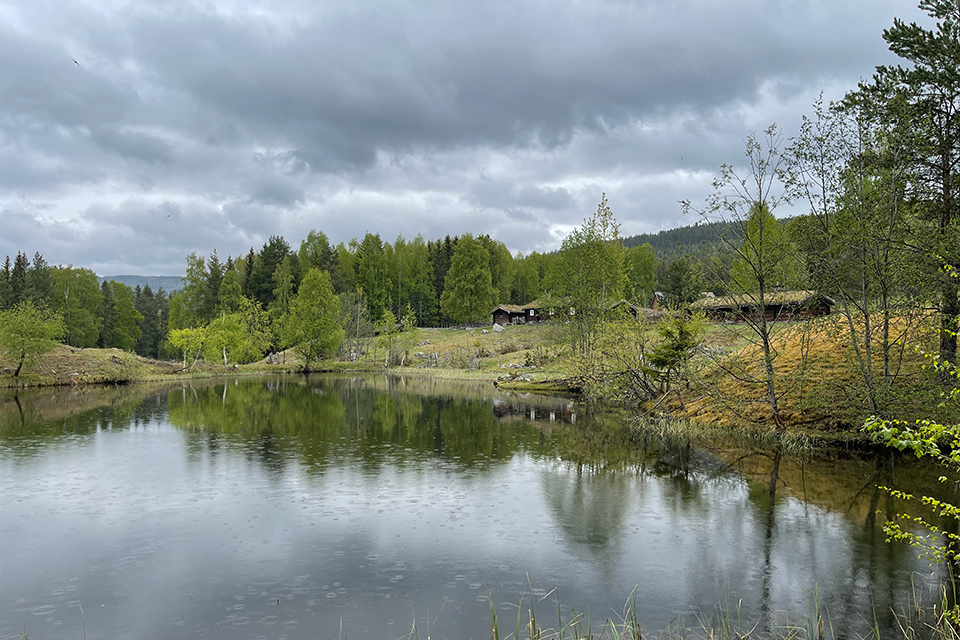
Large permanent fishing trap discovered near Lillehammer sheds light on the freshwater fishing methods in the Norwegian Middle Ages
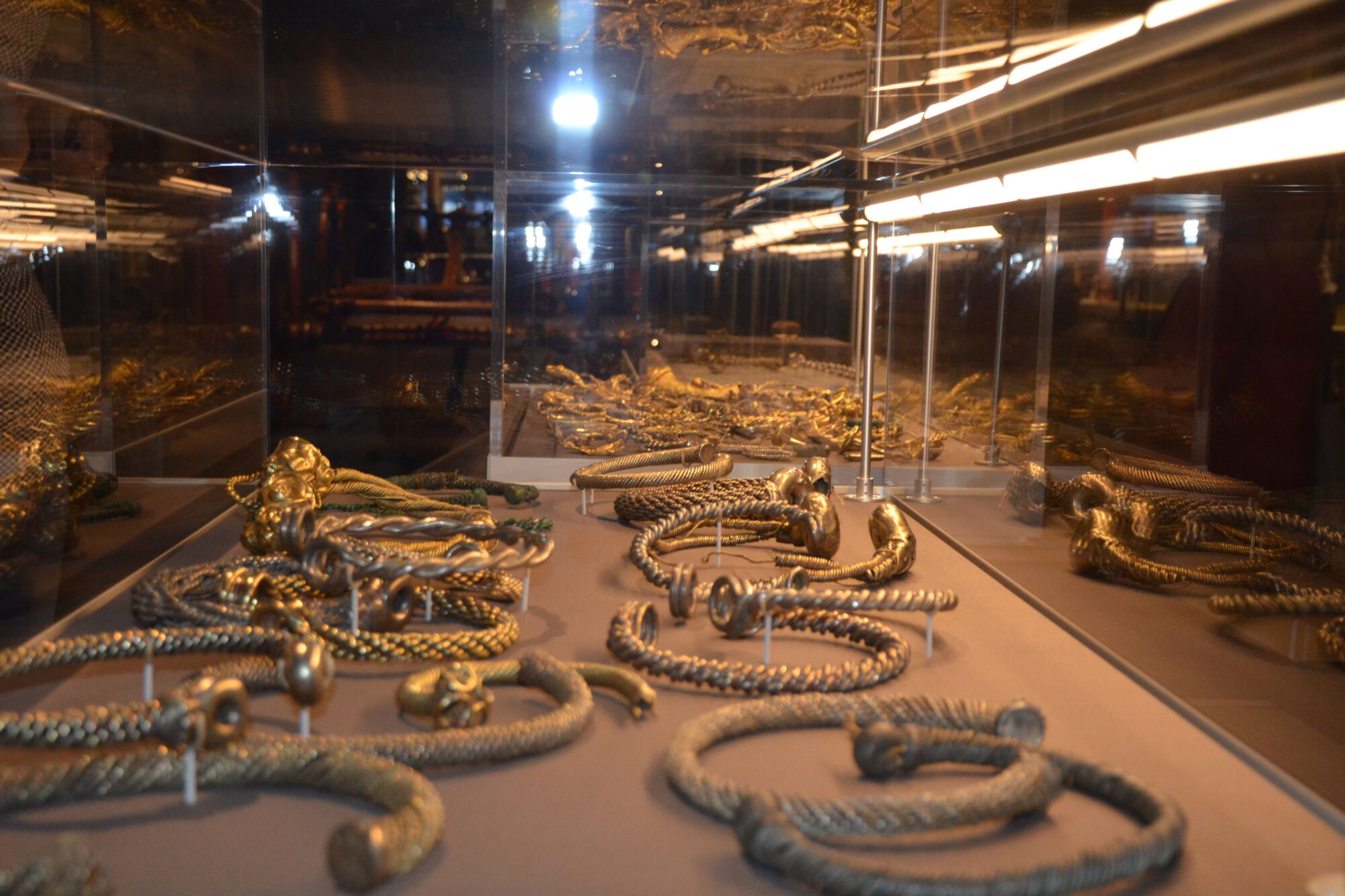
People are increasingly obsessed with their "identity" and the process of "othering". The question, though, is: who is in charge of the labelling? People themselves? Or their surroundings? Archaeology in Galicia has a story to tell
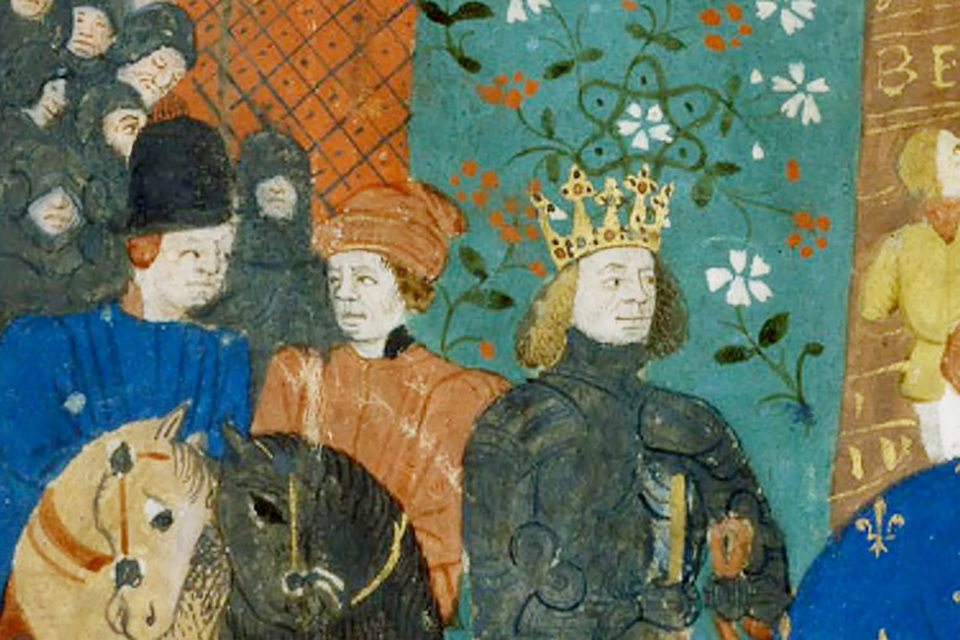
The French king, Charles VII is known for his long reign and his success in ending the Hundred years' War. But he also presided over the gradual employment of numerous bourgeois jurists and merchants paving the road for the shift from charismatic to bureaucratic leadership.
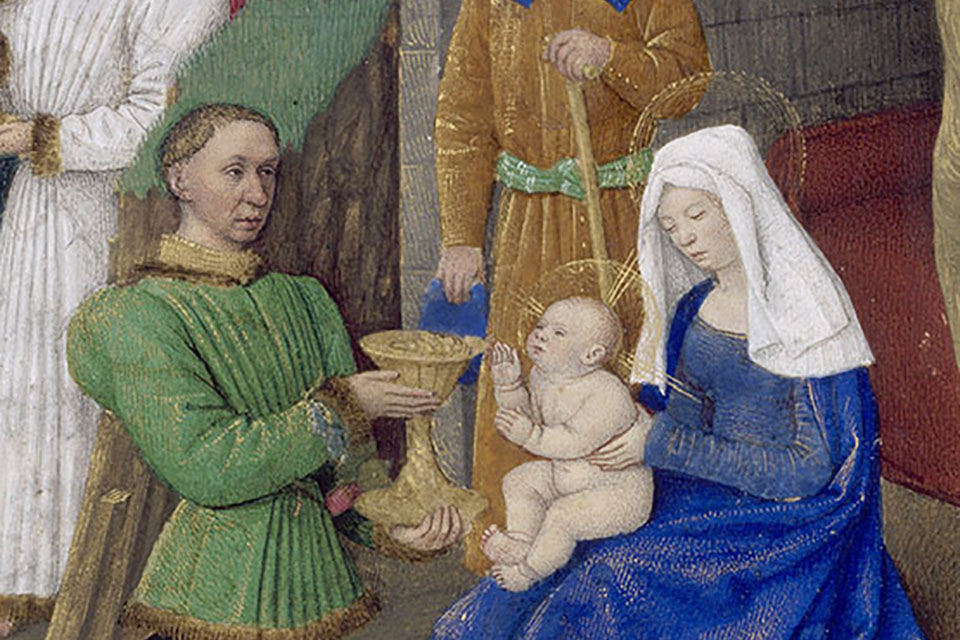
New exhibition at the Musée de Cluny this spring focus on the artists and forms og art in France during the reign of Charles VII
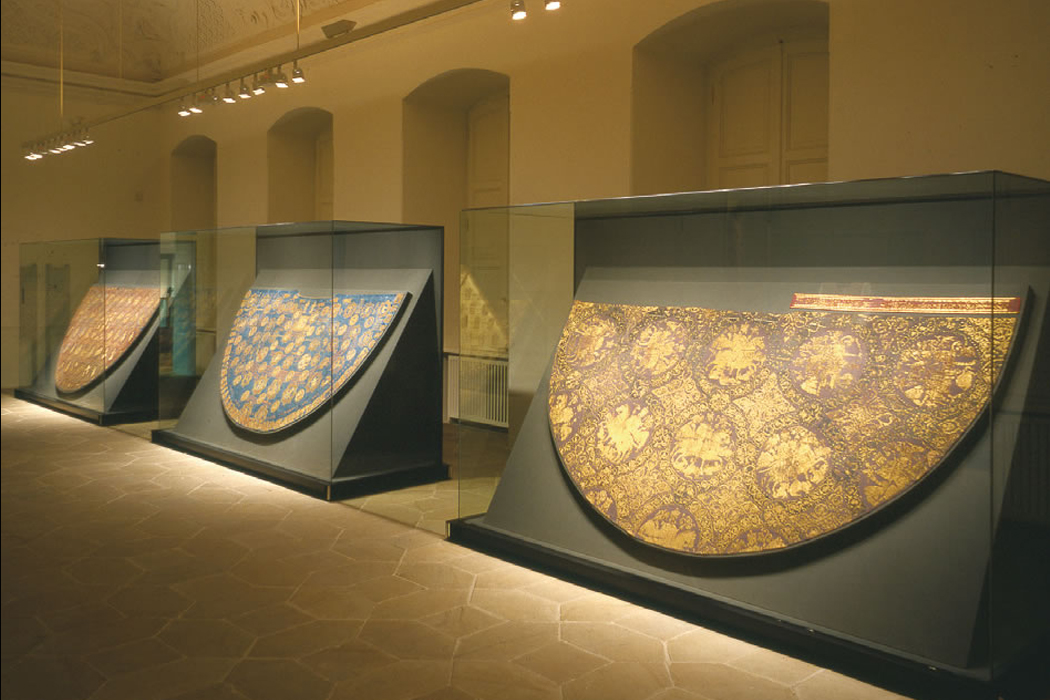
The 11th century Imperial Robes in Bamberg are some of the oldest preserved royal garments. They form a unique ensemble from the 11th century. New research project aims to get a better understanding of their original design and outlook.
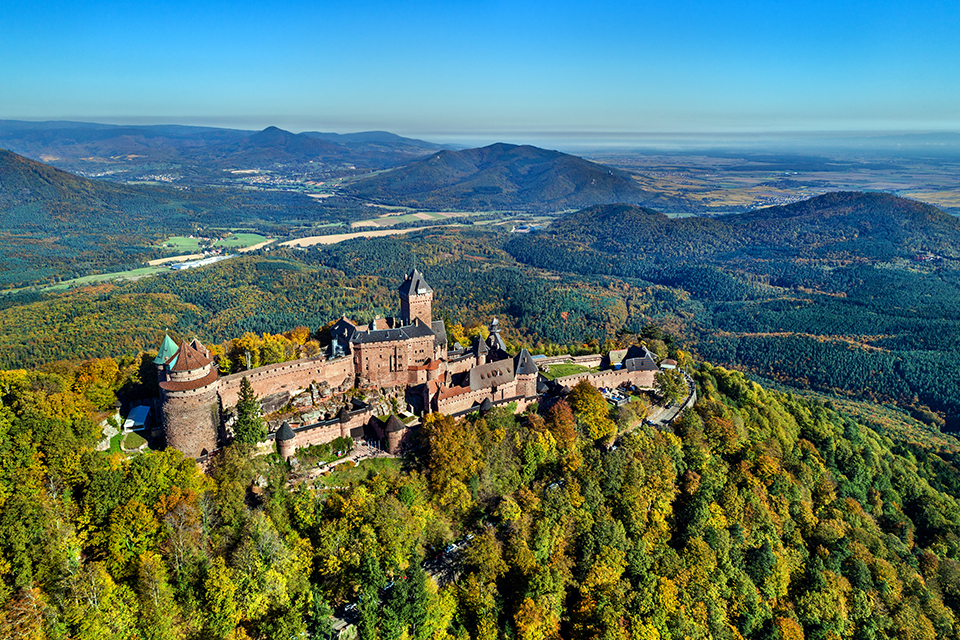
Château du Haut-Kœnigsbourg is one of the the most thrilling experiences in the Middle Vosges in Alsace, France
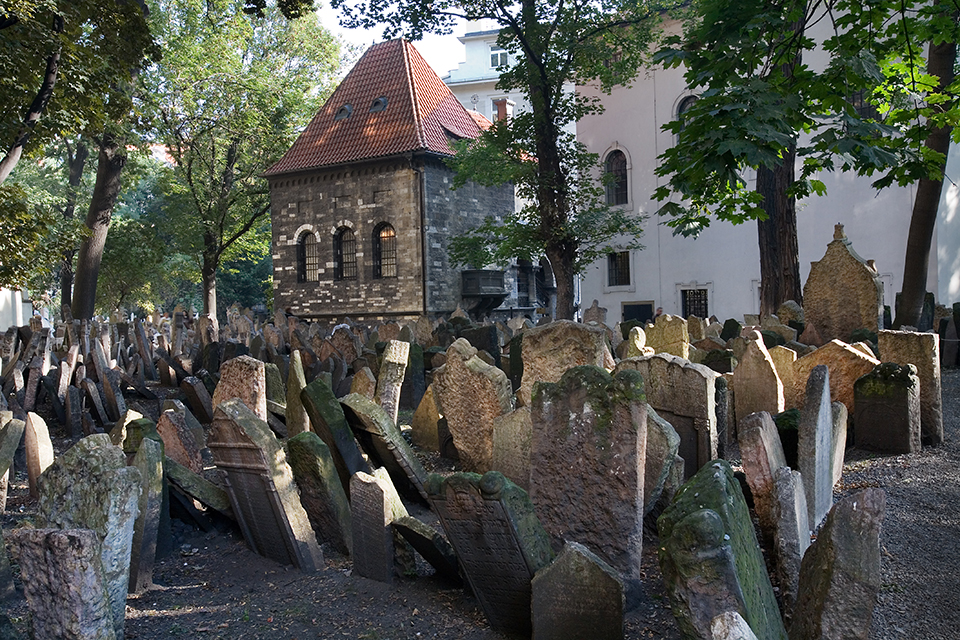
Wherever Jews settled in Central Europe, their first initiative was to plan a cemetery. New research deals with the archaeological and folkloric evedence of these evocative places.
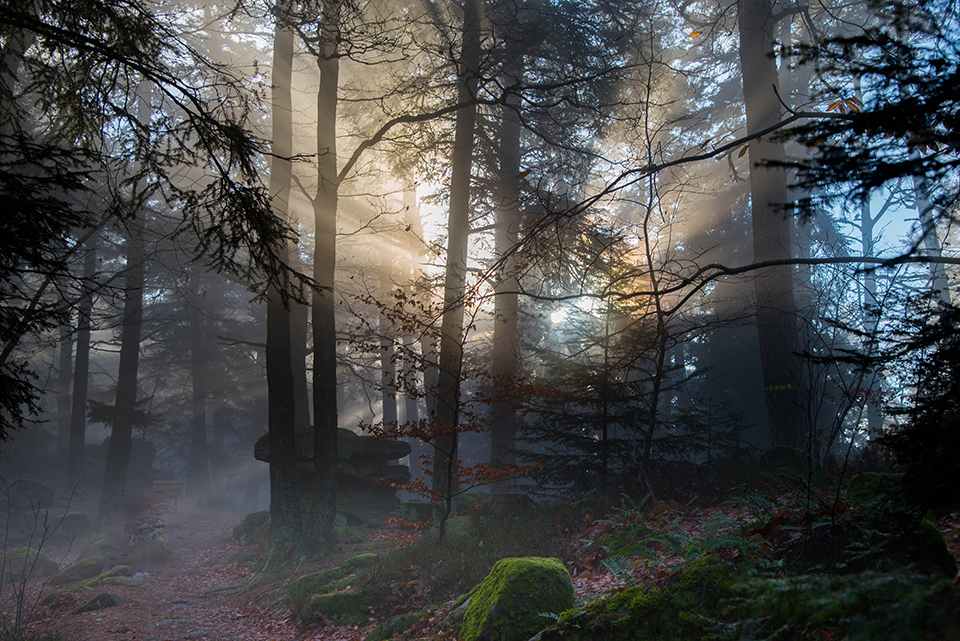
In the Early Middle Ages, the Vosges were regarded as a wilderness - by elites, poets and priests. However, the ideas about how to live in and utilise this wilderness were contested.
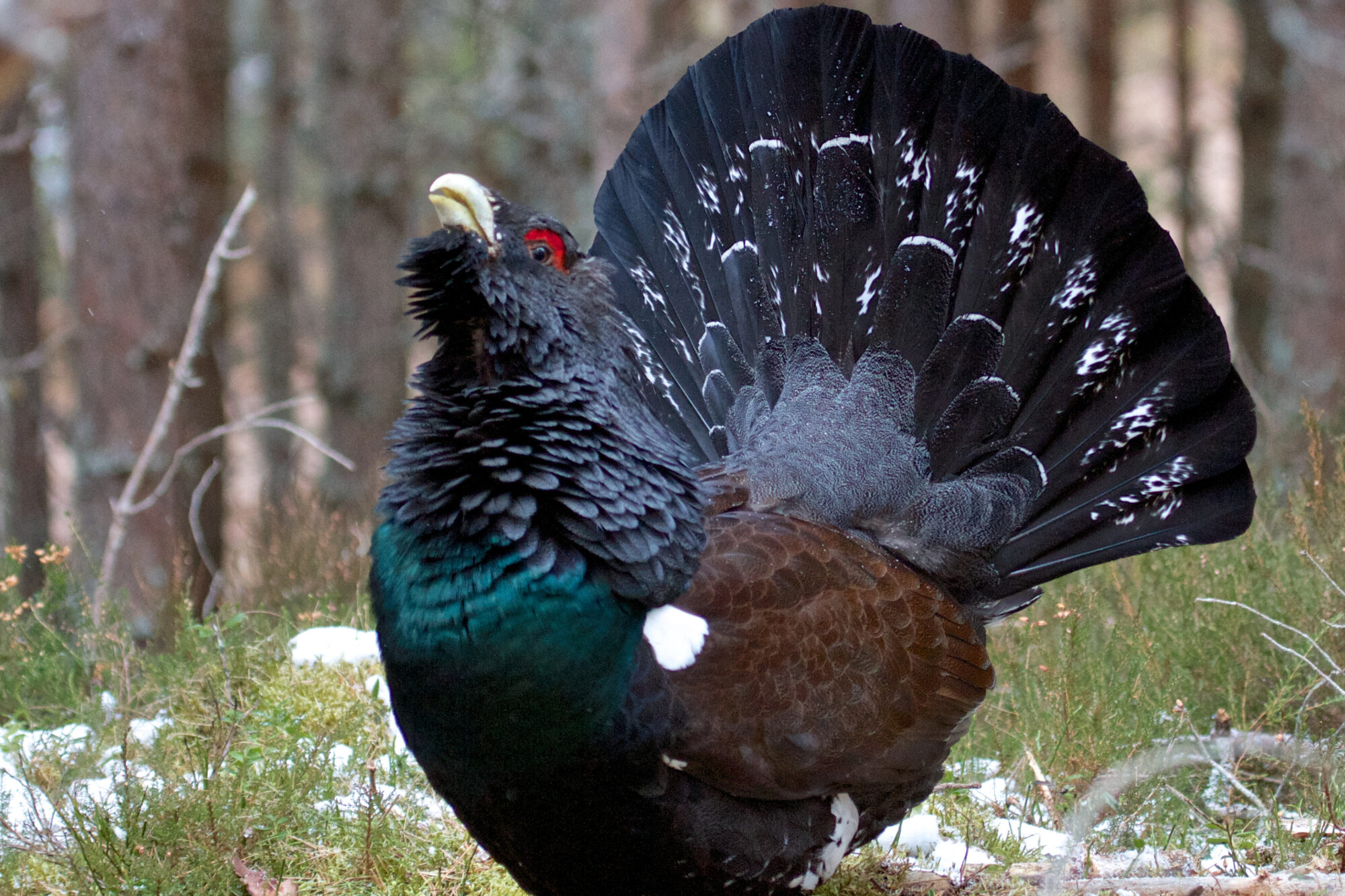
Since 1985 the number of European Capercailles in Middle Bavarian Alps have been reduced. This has happened despite a general hunting prohibition since 1973. New research points to the influence of climate changes, but also the impact of outdoor tourism